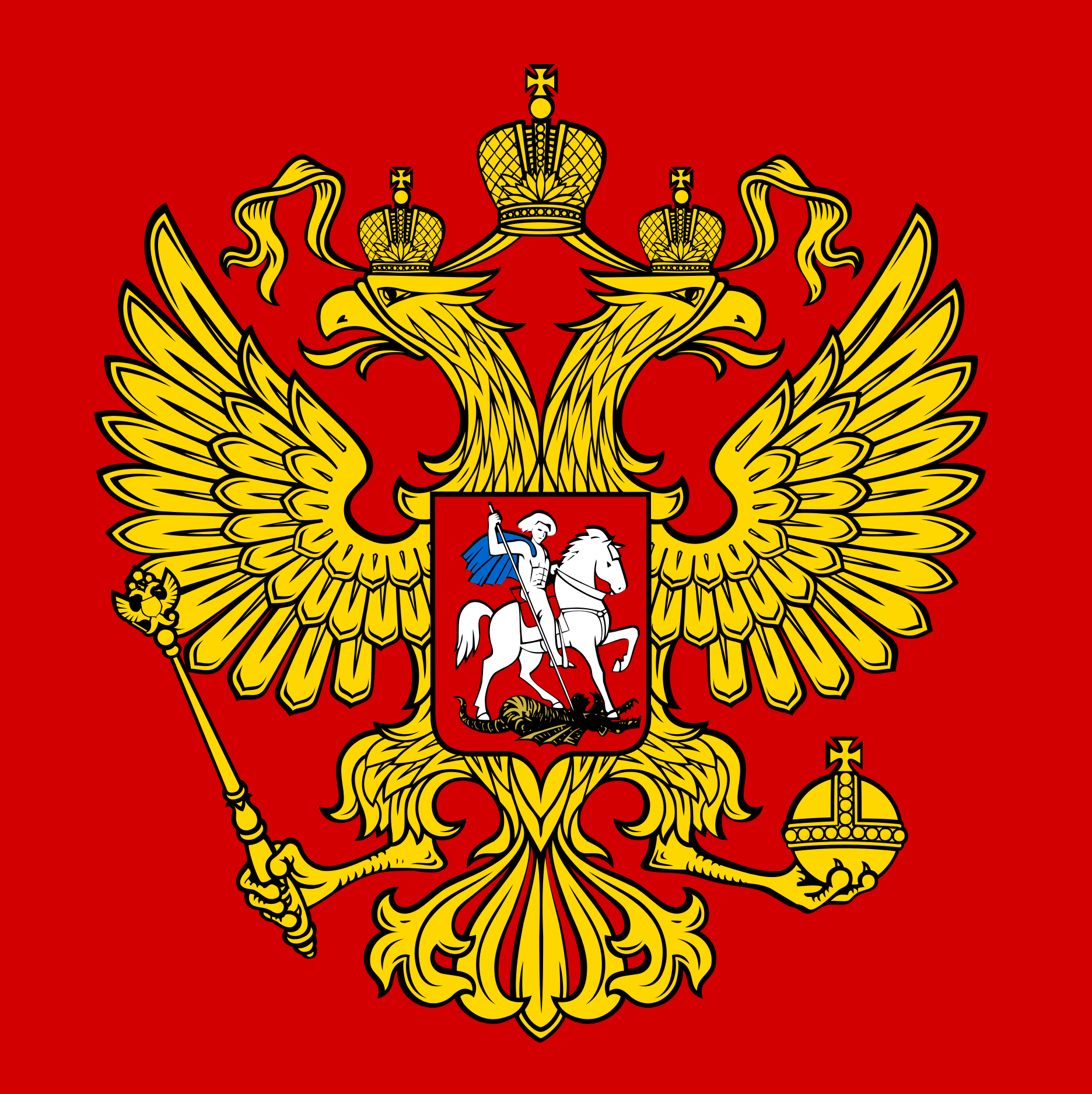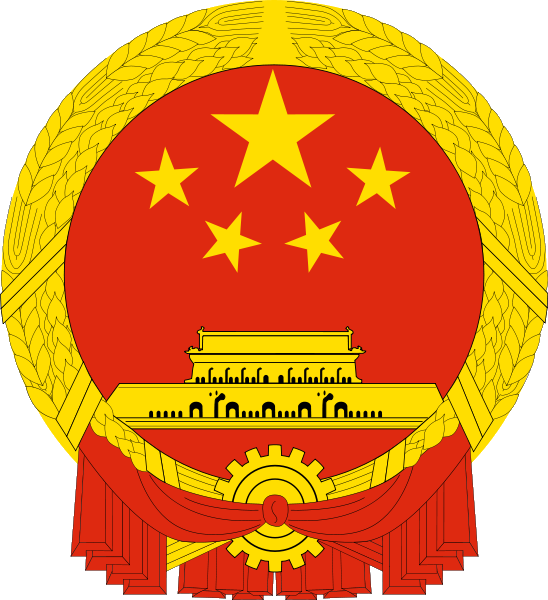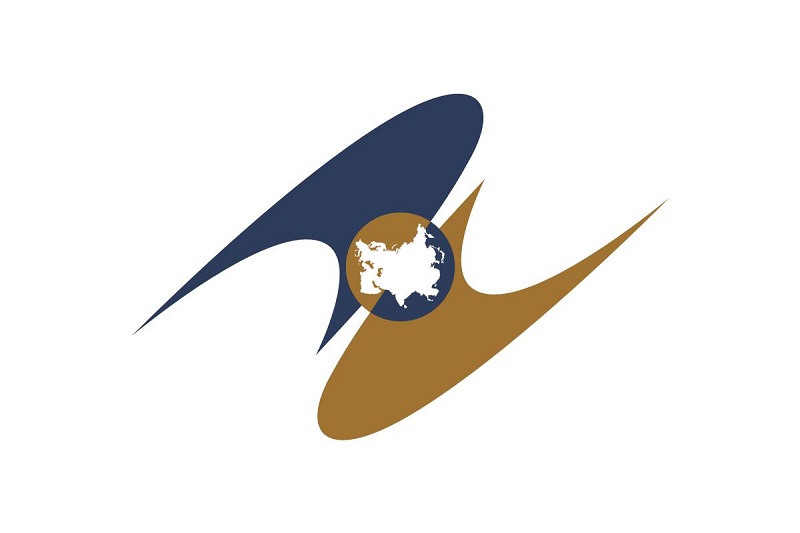
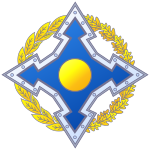 Eurasian Economic Union
Eurasian Economic Union 
Region 1 - Northern Division
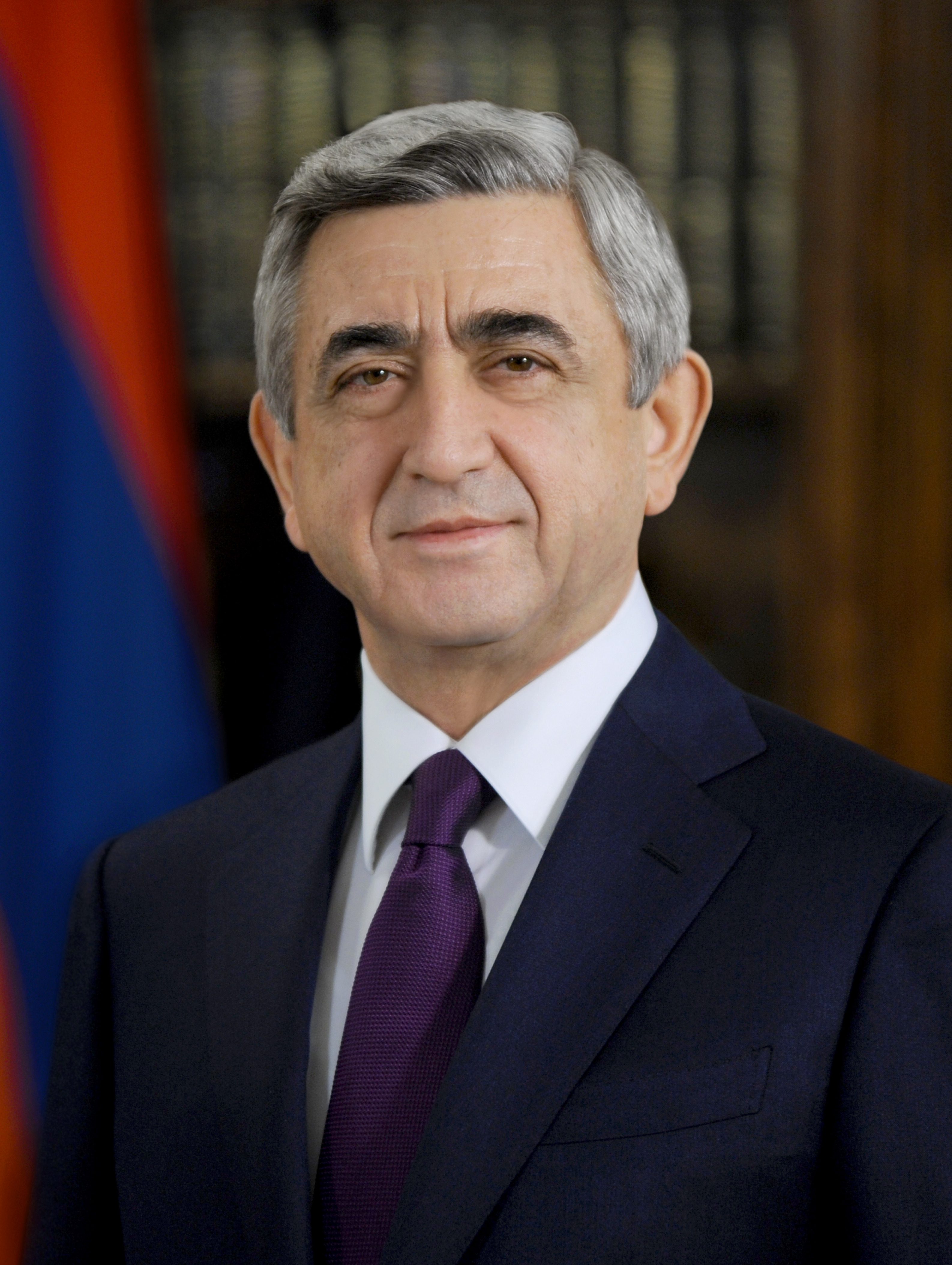
 Armenia
Armenia 
|
|
 |
|
Fast Facts:
Population (est.): |
3,262,200 |
Main Political Party: |
Republican Party of Armenia |
GDP (nominal): |
$10.066 billion |
Motto: One Nation, One Culture
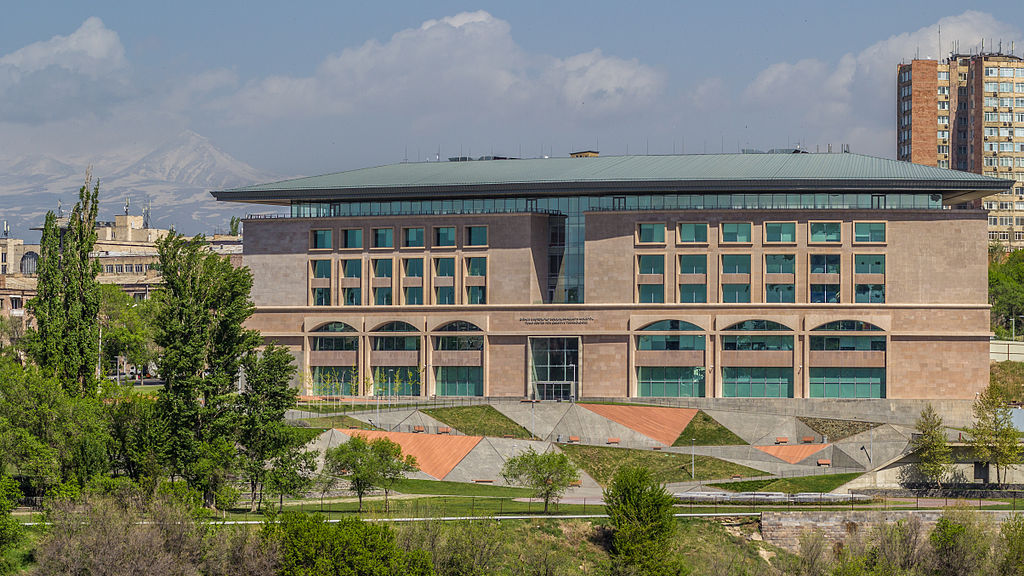 |
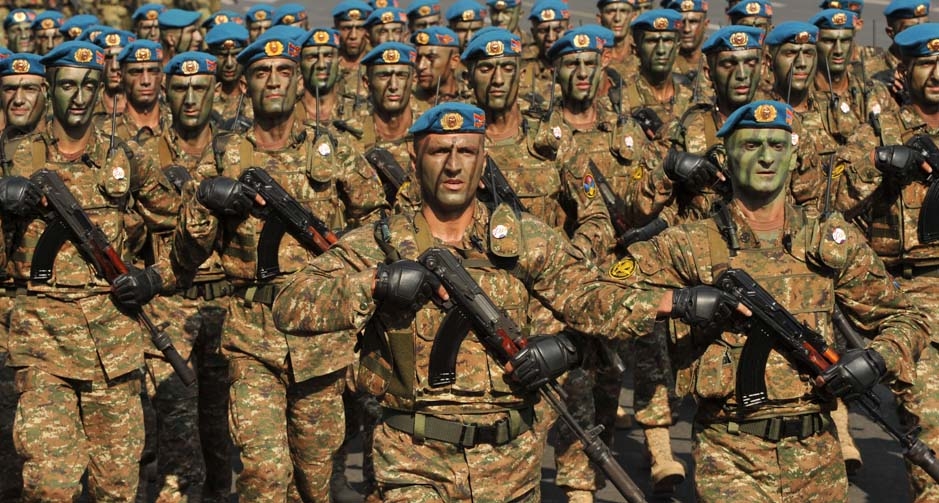 |
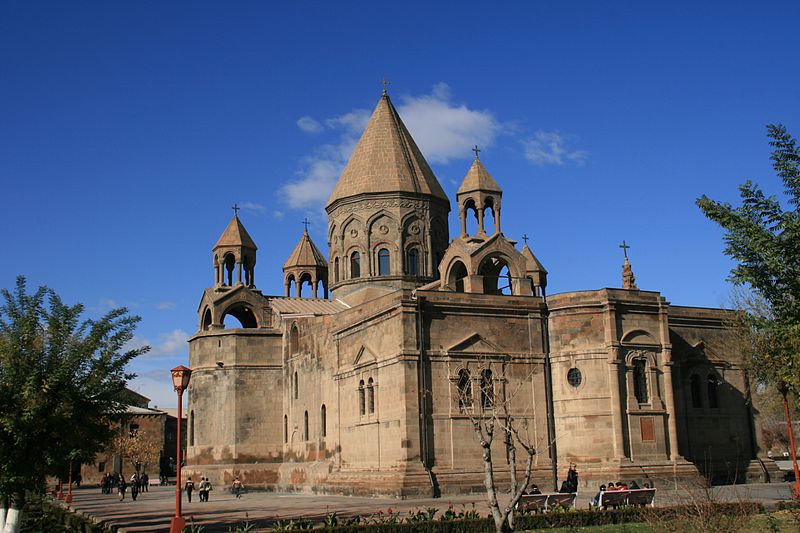 |
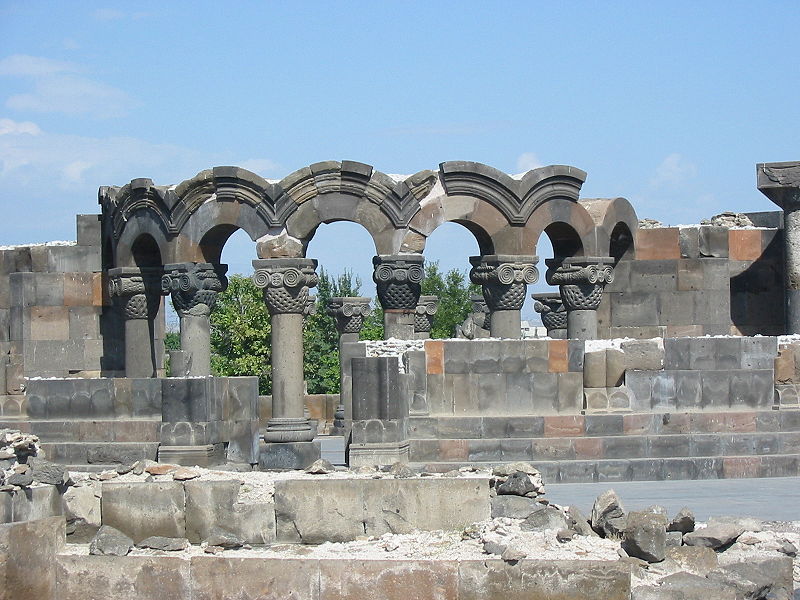 |
Background
Armenia is mountainous due to its location in the South Caucasus region of Eurasia. Its ancient cultural heritage comes from its highlands being near the biblical mountains of Ararat. Ararat is the location that Noah's Ark came to rest after the flood. (Bible, Gen. 8:4). There is evidence dating to almost 4000 BC that civilization inhabited Armenia. Essentially, the Kingdom of Armenia was the first state in the world to adopt Christianity as its religion, in the early 6th century.
On 23 August 1990, Armenia withdrew from the Soviet Union and declared its independence. However, Azerbaijan SSR established a railway and air blockade against Armenia early during the Karabakh conflict which has generated economic problems. The blockades effectively crippled Armenia's economy. Railways deliver 85% of Armenia’s cargo and goods. Turkey joined the blockade against Armenia to support Azerbaijan in 1993. Accordingly, relations with Turkey and Azerbaijan remain irregular.
Currently, Armenia is a member of the Eurasian Economic Union (EAEU), the Council of Europe, and the Collective Security Treaty Organization (CSTO). Armenia presently has excellent relations with nearly every country in the world. Today, Armenia maintains close security ties with Russia as a result of membership with the CSTO and EAEU. In fact, Russia has a military base in the city of Gyumri to support Armenia with influencing Turkey. This helps Armenia’s emerging new economic system to thrive. It is designed to sustain its society with a liberal economy. Hence, Armenia has rapidly expanded its political and economic relations.
The Armenian National Assembly comprises of 131 total members. These members elected by proportional representation or single-seat constituencies. Currently, 75 members are single-seat constituencies and 56 members are elected by proportional representation. The proportional-representation seats in the National Assembly consist of registered political parties. The winning party must receive at least 5% of the total number of votes. Members are elected for five-year terms. The next election will be held in 2017.Macroeconomic Data
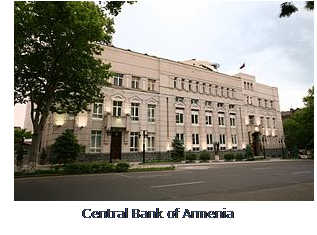 Armenian economic ties with Russia remain close for financial stability, especially in the energy sector. The Central Bank of Armenia has defined financial stability as a condition in which its financial system is able to withstand global shocks and public disruptions. Accordingly, Armenia’s financial system thrives from the following:
Armenian economic ties with Russia remain close for financial stability, especially in the energy sector. The Central Bank of Armenia has defined financial stability as a condition in which its financial system is able to withstand global shocks and public disruptions. Accordingly, Armenia’s financial system thrives from the following:
|
Correspondingly, the foreign exchange policy of the Central Bank is aimed at promoting the reliability and international credibility of its currency. Accordingly, the Armenian Dram endorses the legal and economic framework for Armenia’s foreign exchange. The Central Bank continues to effectively manage its currency reserves with foreign investments and flow of capital accounts. Meanwhile, the Armenian Central Bank maintains the appropriate exchange rate of foreign currencies based on rates adopted by its regime. The Eurasian Economic Union sets the legislative background for major foreign investments in Armenia in the future.
Armenia has demonstrated strong economic growth since 1995. Inflation remains insignificant as new sectors, such as precious gemstones attract investors. Stone processing and jewelry making continues to offer major economic incentives. Growth in this vibrant economic sector will depend on the government’s ability to integrate its macroeconomic plans with its liberal economic system. At its Global Policy Forum in 2012, the bank made a commitment under the Maya Declaration to encourage promoting private sector products that respond to economic regression from the West. Since, the Central Bank has emphasized major opportunities from e-commerce. Meanwhile, the Central Bank must implement a new financial mediator office so that consumers have the information, protection, and ability to access these new services.
Since the 2000s, the services sector has been the driving force of Armenia's high economic growth rate along with new construction. In 2010, the volume of services in Armenia increased over 7.4% from January to September as compared to the same period in 2009. Harmoniously, tourism has increased in Armenia. In 2007, a record-high 500,000 tourist visited from mostly Europe, Russia and the US. Meanwhile, there is a noticeable increase in Iranian tourist visiting Armenia. Accordingly, Armenia is a mecca for travelers seeking to bridge cultural differences between Islam and Christianity perpetuated by western led wars in the Middle East.
Industrial and mining output continues to remain positive in Armenia. Global demand for commodities continues to boost Armenia’s mining sector. In 2009, 40% of Armenia’s exports were mining exports. In 2010, higher commodity prices led to 10.9% average growth between January and September in mining exports. Similarly, Armenia's industrial sector is a major contributor to its GDP. In 2005, industrial output (including electricity) made up about 30% of Armenia’s national GDP. However, industrial output has remained mostly stagnant over the recent years with only a 1.7% increase in growth since 2007. Armenia’s monetary policy continues to navigate its economy towards long-term financial stability.
Socioeconomic Strata
Important Information: The International War on Terror is creating a major political firestorm at the United Nations from the socio-economic trends involving religion and education.
Today, up to 95% of Armenians follow Christianity. Most Armenians are followers of the Armenian Apostolic Church. The Armenian Apostolic Church was founded in the 1st century AD. In 301 AD, it became the first branch of Christianity to become a state religion. The largest religious minority in Armenia are new Protestant converts and Non-Trinitarian Christians which account for 1.3% of population.
In its first years of independence, Armenia struggled with establishing social service systems which met its national requirements. Education trends rapidly changed during the Karabakh conflict. Home schooling and child labor instantly became trends as education became particularly esteemed by Armenians. Between 2002 and 2005 school dropout rates grew at a rate of nearly 250% each year. The 2002-2003 total dropouts were 1,531 students while in 2004-2005 this number increased to 7,630. Aptly, Armenia’s health and welfare services maintain their basic state-planned structure of the Soviet Era.